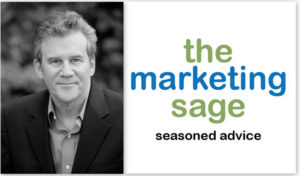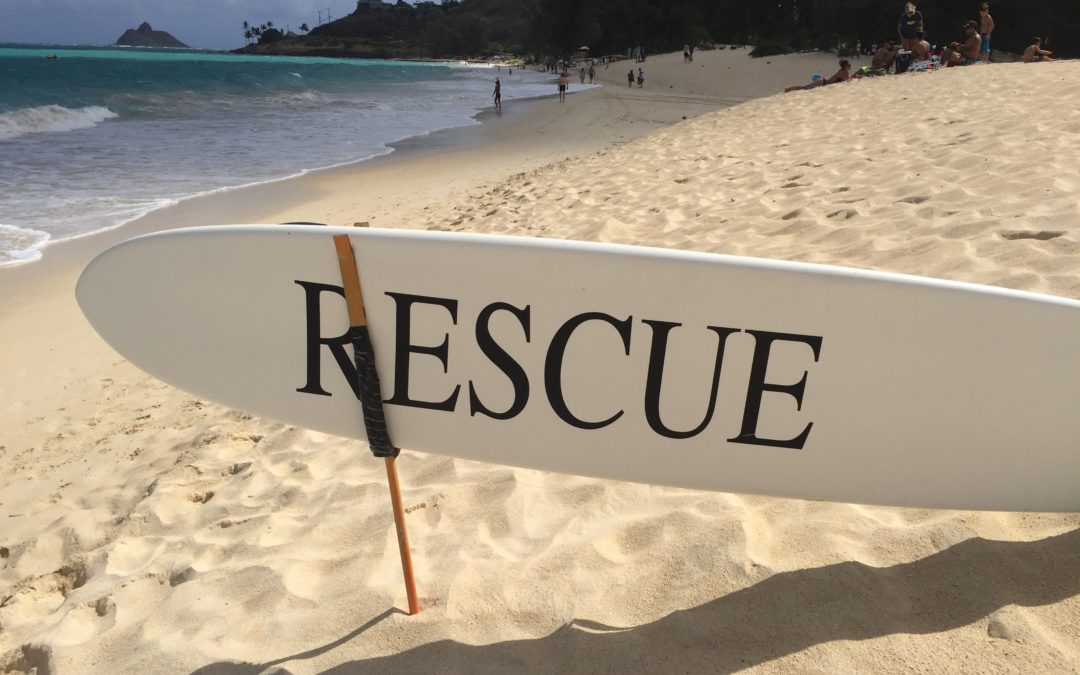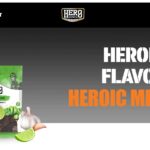Brands are sometimes like swimmers, caught in a rough ocean current requiring help.
The more a distressed swimmer flaps their arms and legs, the more difficult it is to get back home. When the swimmer relaxes and calmly evaluates the situation, they can swim cross current and find their way back to the beach.
Rescuing Your Brand
At times, it appears that brand managers aren’t using all the calm superpowers needed to guide their brand to safe ground. Brands often need help rescuing the brand they work on from outside market forces or inside squabbling.
On a recent assignment, I was asked to help a struggling brand find the way back to a rich and meaningful brand position from their commodity approach to marketing. Confidentiality agreements prevent me from revealing too many details but here are several key questions I asked and some helpful lessons learned from this project.
Questions and Lessons Learned
- How does the senior management team define the problem? When I spoke initially with management, they believed that they needed better advertising. As we dissected the problem, the problem wasn’t with their advertising; it was a series of products that no longer served the market. Defining a problem is always the best place to focus your time with top management. We agreed upon a definition of the “current state” and the desired “future state” so over time; we could assess progress against the right metrics.
- Was the business organized to serve a distinct community? Unfortunately, the company had so many products and markets they served, that they were serving everyone and no one at the same time. They were a commodity business with too many customers who didn’t have any attachment to the company, their products or brand. No one wanted to share anything special about the company or the products they made because what they sold was easy to substitute and lacked distinction. They didn’t make something better, cheaper or faster. Research revealed helpful information. But the company was afraid of what they learned. For the brand to evolve, they needed to rethink their strategy and let go of much of their lackluster portfolio.
- Could they identify one or two core communities to serve and are they staffed with the right people to reach this audience? It quickly became clear that they didn’t have in-house talent that deeply understood the markets they wanted to focus their efforts. Recruiting new talent became a key part of the recommendations required to help them find their way back home.
It is hard to serve a community (senior woman with arthritis, gluten-free diabetics or teens with rainbow hair) if no one who works at the company is part of those communities.
- Once a market segment was agreed upon, they needed to home in on a target. The company fought me by trying to fit their old products into these new market needs, even though the evidence was clear that they had a disconnect. I had to bring in several human beings – aka real live targets – into their conference room to convince them that they didn’t understand the needs of people they wanted to serve. Instead of graphs and data points, they started to understand the situation when we brought real, live customers to the boardroom. A real, living voice of a customer is more powerful than any PowerPoint.
- Finally, as we agreed upon a segment and a target, we did more in-depth research (quantitative and qualitative) to understand better how we could solve an existing problem with their product line. The brand needed to own a position in the customer’s mind. Doing this is no small task, but it was the best way to create a brand that was as rich as their heritage. (the company was more than 50 years old).
Brands tend to lose their way over time.
Sometimes brand or product managers add products and line extensions without fitting into a clean and distinct brand strategy. Human resources come and go. Knowledge of markets served leave companies. Frequently, more marketing dollars aren’t the issue. The challenges are that the brand’s meaning has slowly been diluted and needs reconstituting. No one wants a weak brand.
Brands are most successful when they do three things:
- Solve problems for very distinct communities
- Use powerful brand filters to assess if new product fit
- Empower empathic marketers who have a deep understanding of their customer’s pain points.
Are you a brand manager swimming against the tide? Maybe it is time to find a lifeguard to help you find your way back to the safe ground where your brand won’t drown into a sea of commodities.
I am the Chief Listening Officer at The Marketing Sage, a marketing consultancy firm. I advise small to medium sized enterprises on marketing strategies and tactics. My latest book, Unraveling The Mysteries of Marketing, is available in paperback at Amazon or get a free copy here. Email me to learn more and get started working together at jeffreylynnslater@gmail.com or call or text at 919 720 0995.

Photo credit: Jeffrey Slater




